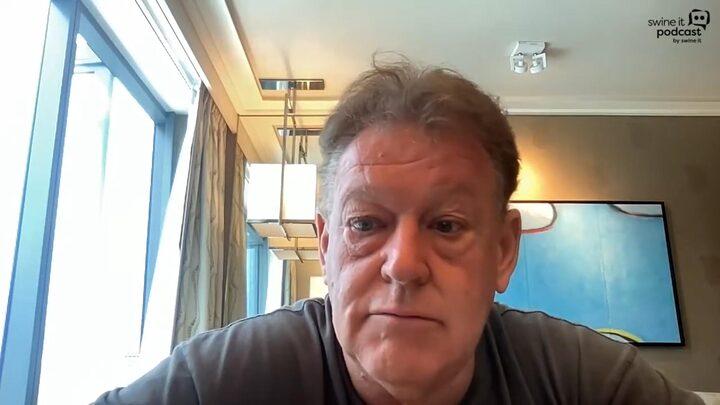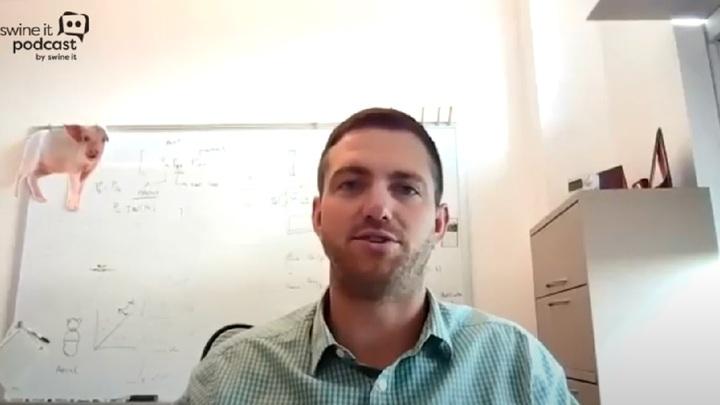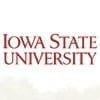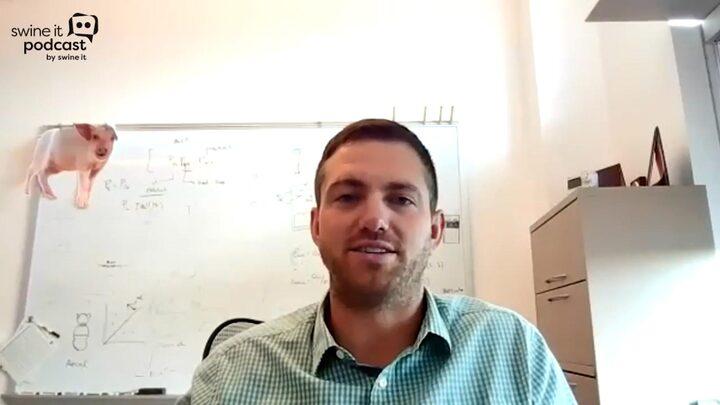Check out what is new in Pig Industry
Find the best technical articles, forums, and videos on Pig Industry at Engormix. Enter now and interact with the world's largest agricultural social network.
.jpg&w=3840&q=75)
AMINONIR® delivers swift nutritional insights, aiding stakeholders in the livestock feed chain. Its rapid analysis ensures timely, informed decisions, optimizing efficiency and nutritional precision. Hear what Dr. Markus Wiltafsky-Martin from Evonik has to say about it...
Comments : 0
Recommendations: 2
.jpg&w=3840&q=75)
Dr. Dirk Hoehler, SVP Essential Nutrition at Evonik, provides more details on Evonik’s backward integration of their DL-Methionine plant and their global methionine production network...
Comments : 0
Recommendations: 3
Introduction: Weaning process causes a significant biological stress to piglets which lead to a detrimental effect on feed intake, growth rate, intestinal morphology and immune system. A mixture of quaternary benzophenanthridine alkaloids and protopine alkaloids (QBA+PA) possess antimicrobial and anti-inflammatory effects. They also are known to improve endogenous digestive enzyme secretion, activate of the immune system and improve protein retention of farm...
Comments : 0
Recommendations: 0
INTRODUCTION Mycotoxins are substances that occur naturally in the environment (1, 2). In addition to mycoestrogens such as zearalenone (3, 4), selected trichothecenes, including DON and/or its metabolites (but in vitro), can affect steroidogenesis (2) and changes in gene expression, which suggests that these compounds could disrupt hormonal homeostasis (1). Deoxynivalenol (DON), a polar organic compound produced mainly by Fusarium graminearum and Fusarium culmorum (5), is...
Comments : 1
Recommendations: 0
.jpg&w=3840&q=75)
Dr. Markus Wiltafsky-Martin (Evonik) talks about the impactful benefits of implementing AMINONIR®, revolutionizing nutritional analysis: Gain insights into its practical application, from sample collection to comprehensive reports, catering to diverse analytical requirements and ensuring precise, actionable data for informed decision-making.
...
Comments : 0
Recommendations: 3
Mycotoxins are secondary metabolites produced by fungi, the most abundant of which belong to the genera Aspergillus, Penicillium, and Fusarium . The conditions required for fungal development and the production of mycotoxins vary strongly with the substrate on which the fungal species develop.Because mycotoxins are mainly present in food and feed, the gut is the first target for mycotoxin toxicity, but it is also the site of the absorption of mycotoxins that leads to...
Comments : 0
Recommendations: 1
.jpg&w=3840&q=75)
Erik Visser (Hamlet Protein) shares his opinion on the decline of feed costs and how the industry should think forward to solve labor issues, in this Engormix interview during IPPE 2024 in Atlanta, USA....
Comments : 0
Recommendations: 0
INTRODUCTION Mycotoxins are toxic compounds produced by different fungal species, Fusarium being responsible for most contamination of feedstuffs in the field. Among more than 400 identified mycotoxins, deoxynivalenol (DON) and zearalenone (ZEN) are of most concern for the pig industry. Pigs are very sensitive to both DON and ZEN. When acute dietary exposure occurs, DON can lead to vomiting and feed refusal (1), whereas ZEN has oestrogenic effects (2). However, in practice, acute...
Comments : 1
Recommendations: 0
Looking back to the year 2023, the overall API market collapsed. The scarring effect left by the pandemic is hard to fade away completely; the global economy is facing downward pressure, the domestic livestock industry is in a downturn, and the prices of veterinary APIs continue to bottom out, hitting record lows. As the China Veterinary Medicine and Feed Trading Centre (CVMFTC) monitored, the VPi index for four weeks in January was 63.95, 63.41, 63.30 and 63.23. respectively....
Comments : 0
Recommendations: 0
.jpg&w=3840&q=75)
Dr. Markus Wiltafsky-Martin, Director of Service Commercialization at Evonik Animal Nutrition, explains what NIR is, how it operates, and demonstrates how AMINONIR® swiftly and accurately determines the nutritional quality of your feeds and raw materials – ensuring fast, reliable results of the highest quality.
...
Comments : 0
Recommendations: 4
Looking back at 2023, the veterinary APIs market has undergone so many changes - prices falling across the board, manufacturers competing with each other, and production capacity expanding. The China Veterinary Drug & Fodder Trade Center (CVFTC) will conduct a comprehensive review based on the market conditions of...
Comments : 0
Recommendations: 0

Kimberly VanderWaal (University of Minnesota) comments on the use of sequence data by veterinarians, during this Swine It interview with host Laura Greiner....
Comments : 0
Recommendations: 0

Kimberly VanderWaal (University of Minnesota) comments on RFLP types and differentiation of viruses, during this Swine It interview with host Laura Greiner....
Comments : 0
Recommendations: 0

Kimberly VanderWaal (University of Minnesota) talks about genome sequencing and classification of viruses, during this Swine It interview with host Laura Greiner....
Comments : 0
Recommendations: 0

John Carr (Apiam Animal Health/James Cook University) talks about his ideas on the farms of the future, during this Swine It interview with host Laura Greiner....
Comments : 0
Recommendations: 0

John Carr (Apiam Animal Health/James Cook University) comments on his experience as a consultant and working with clients, during this Swine It interview with host Laura Greiner....
Comments : 1
Recommendations: 0

John Carr (Apiam Animal Health/James Cook University) discusses daily activities of professional workers in swine farms, during this Swine It interview with host Laura Greiner....
Comments : 0
Recommendations: 0

John Carr (Apiam Animal Health/James Cook University) talks about perimeter fences and the minimal biosecurity requirements, during this Swine It interview with host Laura Greiner....
Comments : 0
Recommendations: 0

Brett Ramirez (Iowa State University) highlights the importance of ventilation maintenance and information, during this Swine It interview with host Laura Greiner....
Comments : 0
Recommendations: 0


.jpg&w=3840&q=75)









.jpg&w=3840&q=75)










